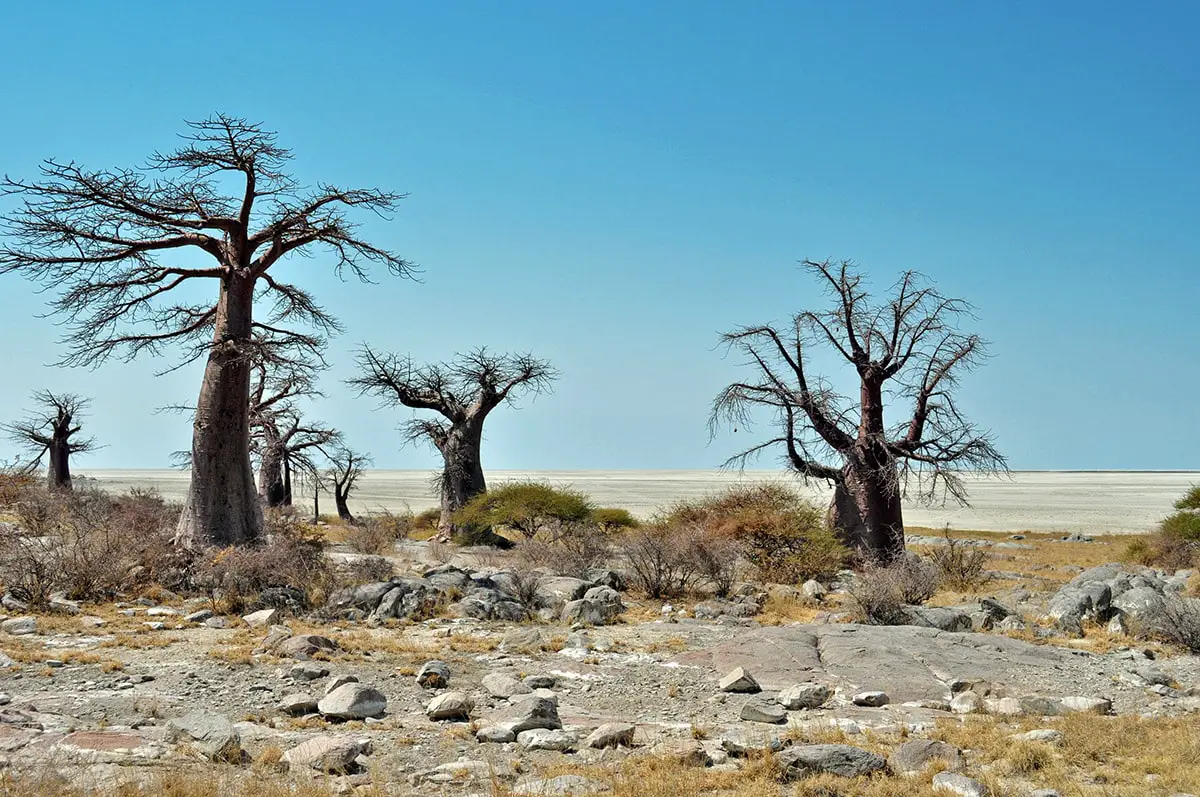 In short
In short
Kubu Island is an unusual place: a granite island with giant baobabs and mysterious ruins rising over seemingly endless, white salt flats.
 44.8%
44.8%
GPS coordinates
Location, address
Alternate names
Area
Dominating species
Map of the site
If you see this after your page is loaded completely, leafletJS files are missing.
 In detail
In detail
Geology
Makgadikgadi salt flats are some of the largest salt flats in the world and are located in the site of the ancient Lake Makgadikgadi. This lake formed in Pleistocene, when the rise of land blocked a flow of an enormous river. Later (10 – 2 thousand years ago) both the lake and river dried out, leaving the salt deposits.
Layer of saline clay and clear salt here is some 50 – 100 m deep. During the rainy periods salt flats turn into endless shallow lake – in fact five rivers flow into these plains.
Kubu Island itself is not an island – it is an outcrop of 2 billion years old granite which is surrounded from three sides by the Sua (Sowa) pan of Makgadikgadi salt flats. This hill is approximately 1 km long and rises up to 20 m above the salt flats. Granite is covered with fossilized guano from the times when the island was surrounded by lake and birds used to be on the island.
Unusual ecosystem
The most striking aspect of this granite hill is vegetation. On the island grow giant, ancient baobabs (Adansonia digitata) and the exotic looking African star chestnuts (Sterculia africana).
These amazing plants to a large extent create the supernatural, eerie atmosphere of this place.
The surrounding Sua plain is not lifeless either: here live up to 150,000 lesser flamingoes (Phoenicopterus minor). From time to time the remote island is visited by other animals, including occasional groups of elephants.
Prehistoric site
Ancestors of modern humans – Homo habilis – lived here more than one million years ago and humans have been around since then. Salt flats around the island are rich with remnants of prehistoric human activity, and the shore of the island is littered with spearheads and other artifacts.
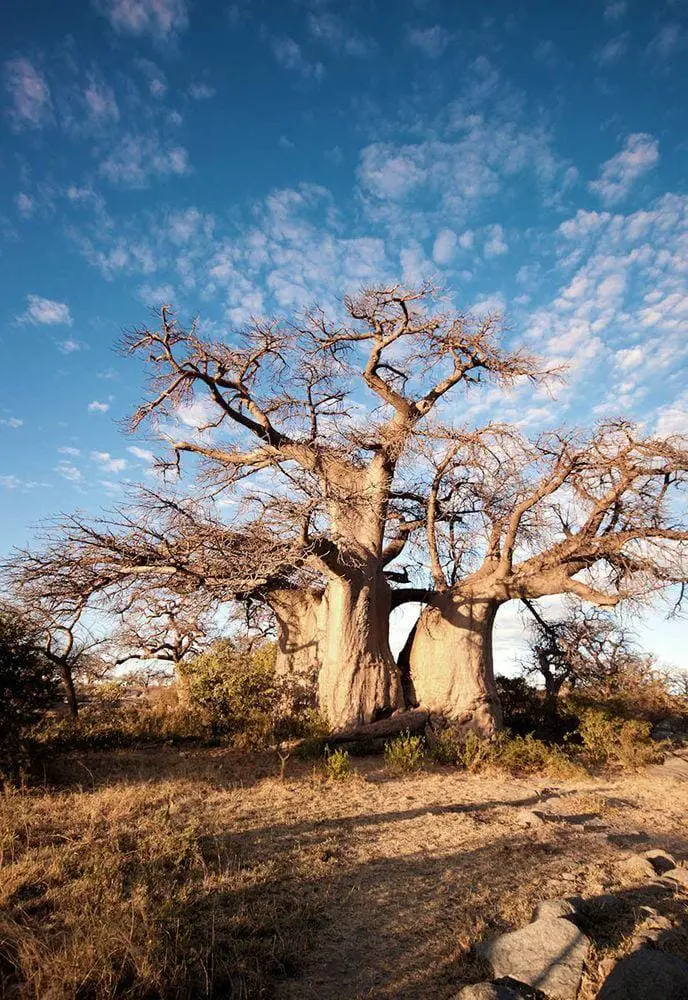
On the southern part of the island are located ancient structures: up to 1.25 m high dry stone wall which encloses a square. This wall is more than 100 m wide. 344 circular stone cairns are located to the north of this wall – most are some 2 m in diameter, and 0.75 m high. The purpose of these cairns is unclear.
It is possible that Kubu Island was the southwestern outpost of the Great Zimbabwe dynasty in the time period between 1400 and 1700 AD – but the only proofs for this are glass beads imported from the settlements near the Indian Ocean and some similar settlements elsewhere around salt pans. It is also possible that this was a place for secret rituals, e.g. circumcision.
Sacred site
Kubu island is an important, sacred site for local people of all nations up to this day. Those men who are older than 16, come here to make contact with God, here they may sing a special song for rain. Offerings are left here up to this day.
Most likely the original local name of the site is Ga’nnyo, given by local Khoe people (1). The current name of the island – Kubu – means "large rock" in the Kalanga language. Often it is mentioned that its name comes from "hippopotamus" in the Tswana language, which seems to be an error.
First white tourists came here in the late 1970s. Soon the site got famous as a mysterious, legendary site – some thought that it is an ancient city built by Phoenicians, while others reported sightings of mysterious beings. Soon, in the 1980s mass tourism came, taking away much of the pristine feel.
Nowadays this place is one of the most popular landmarks in Botswana. Tourists arrive here with four-wheel drives and occasionally stay overnight, using the basic facilities at the site.
Since 1938 the site is protected and tourists are obliged to treat Kubu Island with all due respect. Guests can not hunt animals, collect fruits, or take away stones.
References
- James Denbow. Stolen Places: Archaeology and the Politics of Identity in the Later Prehistory of the Kalahari. Article in "Africanizing Knowledge: African Studies Across the Disciplines". 2002, New Jersey.
 Linked articles
Linked articles
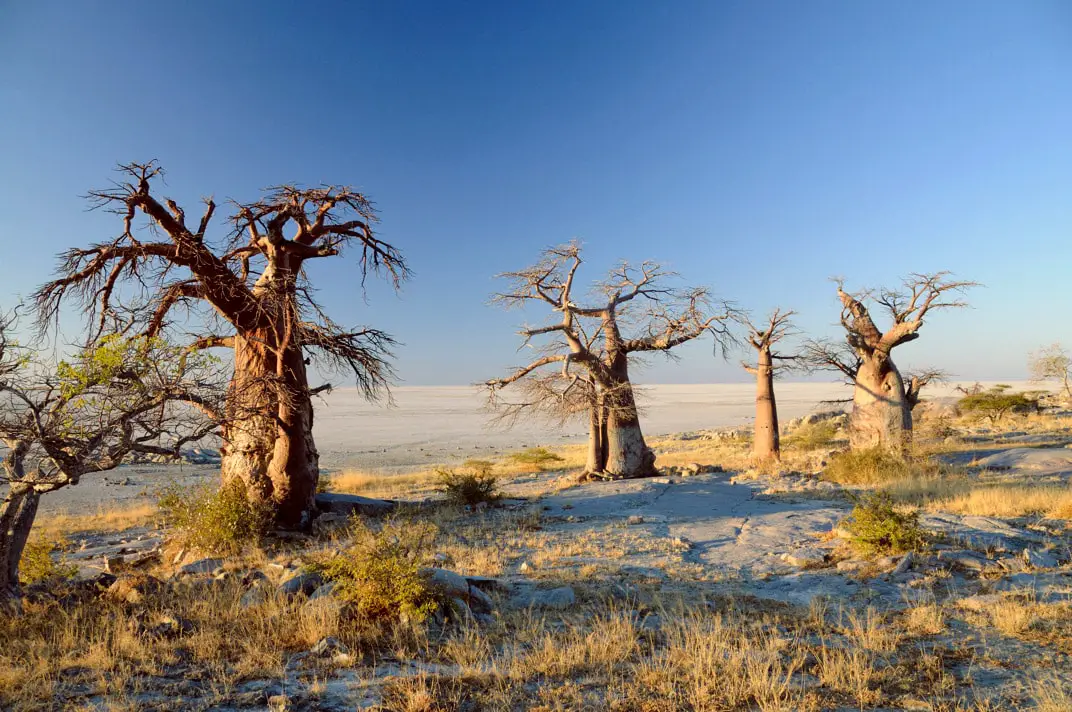
Wonders of Botswana
Most of Botswana is covered with desert or dry savannah, this is one of the least inhabited countries in the world. In spite of this Botswana has diverse interesting landmarks including fine prehistoric rock paintings and ruins of medieval settlements.
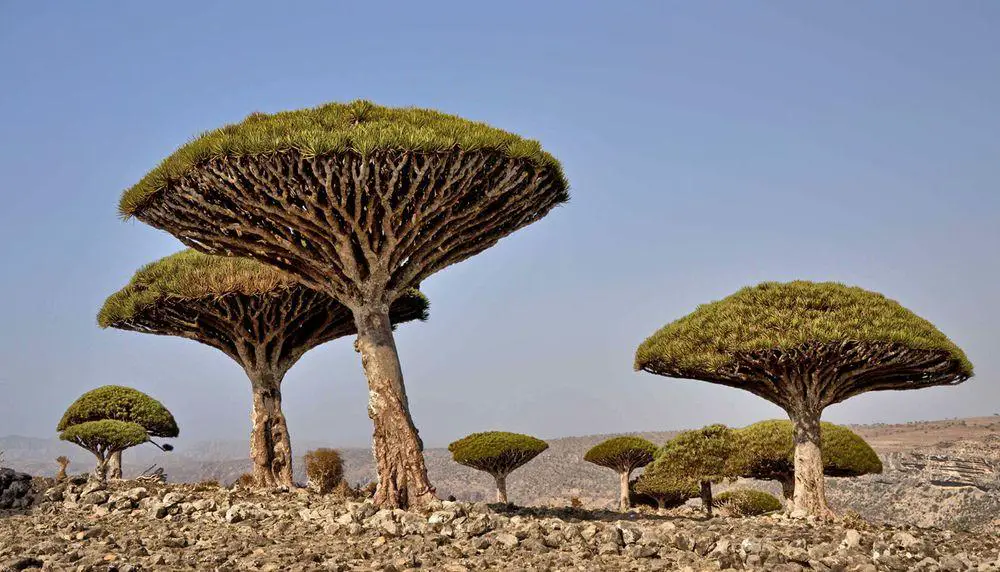
Ecosystems
Biotope is a rather small area with uniform environmental conditions and a specific community of life. Wondermondo describes biotopes and ecosystems which have striking looks, look very beautiful, or have other unusual characteristics.
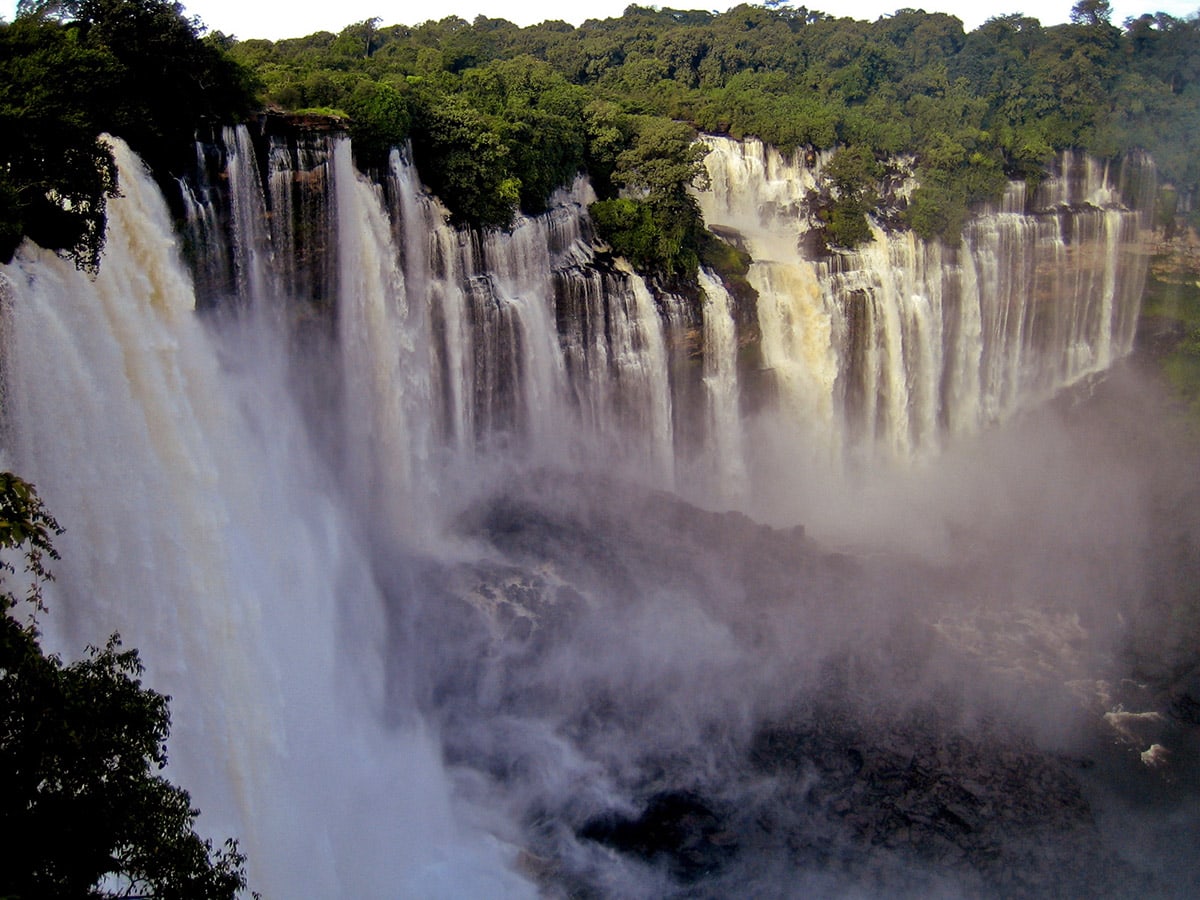
Wonders of Africa
Africa has many outstanding wonders and some of the most surprising ones are the heritage of Egyptian civilization, the vernacular architecture of the Sahel region, tropical ecosystems, and others.
 Recommended books
Recommended books
Lonely Planet Botswana & Namibia
Lonely Planet Botswana & Namibia is your passport to the most relevant, up-to-date advice on what to see and skip, and what hidden discoveries await you. Spot jackals and black rhinos in Etosha National Park, explore the German colonial town of Luederitz; or marvel at mighty Victoria Falls; all with your trusted travel companion.
The Great Kalahari
A travel log and guidebook with a difference, this book describes the Southern part of the Great Kalahari Desert with brief histories of the two countries that surround it, Botswana and Namibia. Filled with interesting facts and beautiful photographs, it’s an entertaining read which describes a journey through this wilderness.

